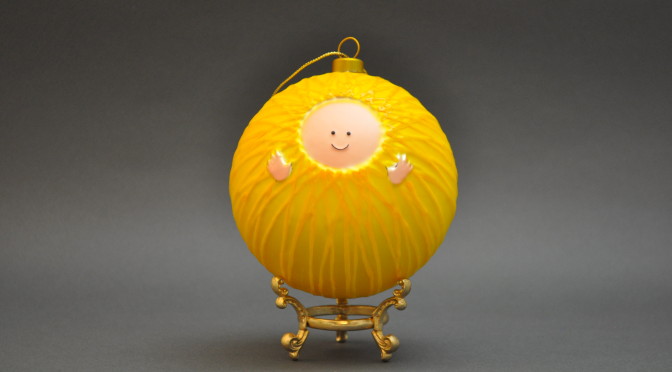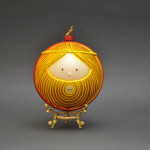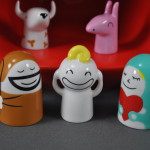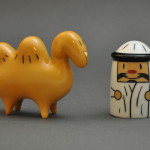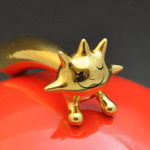“Ceramica Margherita” (http://www.ceramicamargherita.it/index.html) is a ceramic studio founded by Margharita D’Amato. The studio which was founded in 1996 is located in the town of Vietri sul Mari in the province of Salerno, in the Campania region of Southern Italy. Vietri is known as the gateway to the Amalfi Coast. Ms. D’Amato’s husband Giovanni Stabile manages their ceramic store in Vietri.
Vietri and all of Campania is known for its colorful ceramics. Since the 15th C. ceramicist in Campania have given their creative imagination form, shape and color in ceramics that are innovative, elegant, and often whimsical.
Standing in this long tradition Ms. D’Amato has a natural affinity for working with clay. Her works are unique; they express great joy; and they have a disarming sense of simplicity.
This playful representation of the Holy Family depicts them in a grotto, covered with lemons so typical for the Amalfi coast. The Star of Bethlehem is perched on top of the grotto. Inside, the baby Jesus covered with a bleu blanket joyfully reaches out his arms toward us. His happy mother, Mary folds her hands in adoration while Joseph looks a bit forlorn,









